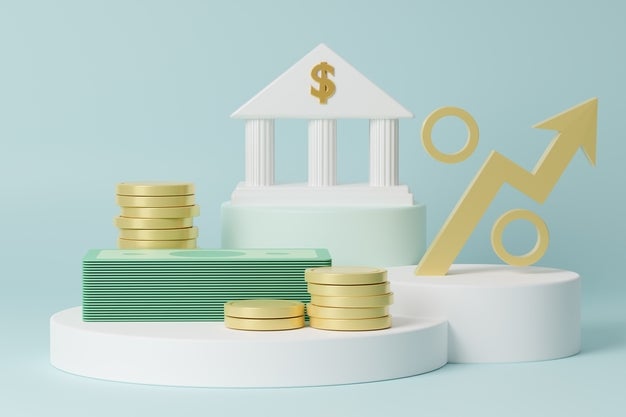What a difference a day can make! This rang true for the market, which went from euphoria to despair within a day.
Ahead of Wednesday’s session, the equity market was building some upward momentum, encouraged by earnings momentum and hopes that the Fed will shift its language to dovish.
What Happened: Trading on Wednesday was characterized by listlessness ahead of the rate decision, with the major averages trading sideways mostly in negative territory.
The fed funds target announcement and the post-meeting policy statement came at 2 p.m. EDT. In line with majority views, the Federal Open Market Committee, the policy-setting arm of the Fed, announced a fourth successive 75 basis-point-increment in rates. The magnitude of the rate hike would have come as a disappointment for some who were hoping against hope for a more modest 50 basis point hike this time around.
See Also: What The Fed’s Latest Interest Rate Hike Means For The Crypto World
The language changes in the policy statement gave reasons to hope that the Fed may soon drop its aggressive stance.
An addition was made in the November policy statement:
In determining the pace of future increases in the target range, the Committee will take into account the cumulative tightening of monetary policy, the lags with which monetary policy affects economic activity and inflation, and economic and financial developments.
Fed’s suggestion that it would now take stock of the impact of the cumulative monetary policy tightening was enough for the market to launch into a strong rally, immediately after the release of the policy statement.
From around 3,843 ahead of the event, the S&P 500 spiked to 3,894.44 only to come down tumbling as Fed Chair Jerome Powell began to host the customary post-meeting press conference.
What Spooked The Market? While Powell was expected to sing the same tune as relayed by the policy statement, he shifted gears at the press conference.
“This went from ‘dovish’ and ‘pivot’ to the ‘most hawkish’ Powell we’ve ever seen,” Stephen Geiger, an economist tweeted. Some of the hawkish comments that came out of Powell’s press conference, according to him, were:
- “Still have way to go. Ultimate level of rates will be higher than previously expected.”
- “It is very premature to be thinking about pausing… Very premature.”
- “Risks are asymmetric. If we do too much, can cut. If we don’t tighten enough, we’re in real trouble.”
The rally seen only half an hour ago unraveled and in wild gyration, the averages came crashing down. The intraday moves by the three major averages on Wednesday were as follows:
- Dow Industrials: 932.16 points
- S&P 500 Index: 135.76 points
- Nasdaq Composite: 470.34 points
- FOMC decision/statement doesn’t imply a pivot, Scott Minerd, Guggenheim Partners’ global chief investment officer said. By acknowledging the need to wait for the lagged effects of cumulative tightening, the Fed has opened the door to pivot, he said.
“But they will still have to see it in the data,” he added.
LPL Financial’s Jeffrey Roach is of the view the effects of the Fed’s aggressive tightening have not yet fully transmitted across the broader economy.
These recent hikes will likely dampen the housing market, corporate activity and consumer spending in the coming year and tighter financial conditions put the economy on an unsure footing for 2023, the economist said.
“A silver lining is markets may have possibly priced in much of the near-term recession risks,” Roach added.
Chris Zaccarelli, chief investment officer at Independent Advisor Alliance, thinks the Fed has a tough choice to make.
“They can either damage the economy and consumer spending and eventually bring inflation back under control, or they can continue to let the economy run hot and ensure that inflation doesn’t return to its 2% target any time soon,” Zaccarelli said.
“It is going to become an increasingly political problem, for what is a difficult economic dilemma.”
In any event, the October consumer price inflation report due to be released on Nov. 10 will be the next key data point to gauge the cumulative impact of rate hikes.
Read Next: Stocks To Buy Today
Image and article originally from www.benzinga.com. Read the original article here.

